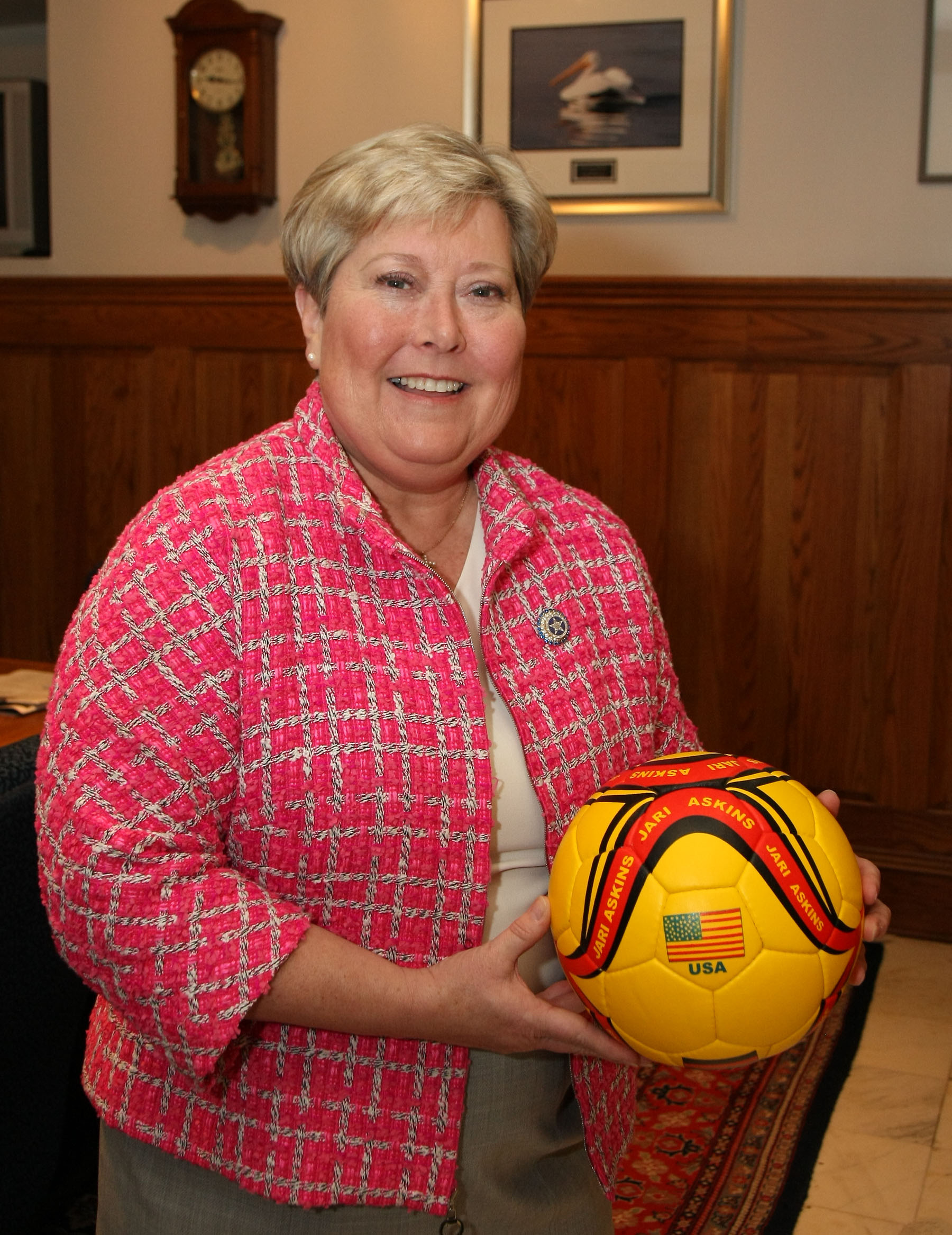Afghanistan
January 6th, 2009 Posted by adminRecent news:
Afghan Women Chart Perilous Course to University
Canwest News Service (Canada)
Darah Hansen
January 5, 2009
It’s almost noon on a sunny Tuesday, and Hungama and her classmates at Kandahar University take a break from their studies.
The women, 12 in all, sit together in a small, sparsely furnished classroom on the second floor of the university’s medical faculty, where they are all first-year students.
With the door safely shut behind them, they are free to show their faces, draping pale green, blue and even purple burkas neatly on the backs of their wooden chairs and adjusting their head scarves to cover their long, dark hair.
The women reject the suggestion of an interpreter. It turns out that most of them speak English, having learned the language in Pakistan, where their parents sent them to be educated.
After some discussion, Hungama, 23, agrees to be the unofficial spokeswoman for the group, politely offering a chair to the Canadian guests while some of her younger friends shyly pull at their veils to leave only their eyes exposed.
The women want to talk about security — a common concern in Kandahar, where a mix of hardline Islamic militants, suicide bombers, kidnappers and thieves make daily life difficult, and often dangerous, for the city’s ordinary citizens.
Hungama, who, like many Afghans, goes by only one name, takes the opportunity to ask the representative from the Canadian International Development Agency, or CIDA, about the possibility of arranging a safe transportation system for herself and her classmates to and from the sprawling university campus.
Currently, the girls walk or drive with their families to the campus, making them a target for unwanted attention, they say.
“People make trouble for us because they see us coming to school. They chase us and say they will hurt us because we are coming,” she says.
A classmate, Miriam, is missing today, Hungama points out. The girl stopped coming to school after someone threatened to set her on fire if she continued with her studies.
The threat is not idle. Students, particularly girls, have been frequent targets of insurgents, who banned education for women during the Taliban reign.
In November, a young girl was blinded and several female students and their teachers injured when assailants sprayed acid in their faces as they walked to their neighbourhood school. “We are afraid,” Hungama says.
Security at Kandahar University has been an ongoing project for CIDA. The agency is funding the construction of a three-kilometre-long perimeter wall around the property. The $600,000 project also includes improvements to the university’s old dining hall and the creation of a separate women’s lounge for the small, but growing, female student body.
Women make up less than one per cent of the student population. The university offers degrees in four faculties: agriculture, engineering, education and medicine. So far, women are only enrolled in the latter two.
Last year, the university graduated 25 women; this year, the number is expected to be closer to 75.
Hungama says she wants to be a surgeon.
Female doctors are badly needed in Afghanistan, especially in the south, where staunch religious and cultural beliefs prohibit women from being treated by a man.
Extreme poverty, sweeping rates of illiteracy — upward of 85 per cent for women — and a near-complete lack of access to proper medical care in rural districts only exacerbates the problem.
According to the United Nations, the average life expectancy for a woman in Afghanistan is 44. The country currently ranks second in the world in the number of women who die during child birth.
Hungama is eager to do her best to help improve those statistics — so long as she can continue to attend school.
She says more families would send their daughters to the university if security were better.
Julie Boileau, a CIDA representative in Kandahar, said consideration is being given to the women’s request for some kind of bus or taxi service; no plan, however, has been finalized.
In the meantime, Hungama and her colleagues agree they are pleased with the new wall, which keeps outsiders from monitoring the students’ movements on campus. The women’s lounge is also welcome, giving the girls a comfortable space of their own to relax and rest, separated from the men.
Men, too, are grateful for the wall, which makes everyone feel more secure, according to Asmat Pushtoon, 20.
Mr. Pushtoon, a second-year education student from Helmand province, west of Kandahar, says he chose teaching so he can help raise Afghanistan up out of poverty and violence.
Mr. Pushtoon says he isn’t discouraged by teachers’ wages in the country, which equal less than $100 U.S. per month.
“It doesn’t matter. I will do my own business and still teach,” he says.
Kandahar University was founded in 1991 by Tooryalai Wesa, an Afghan-Canadian recently named governor of Kandahar province.
Mr. Wesa, an agricultural expert and researcher at the University of British Columbia, has promised to expand the university’s curriculum to include a school of economics.
Mr. Wesa said he is also seeking to partner the university with schools in Europe, the United States and Canada, including a partnership with the University of British Columbia.















